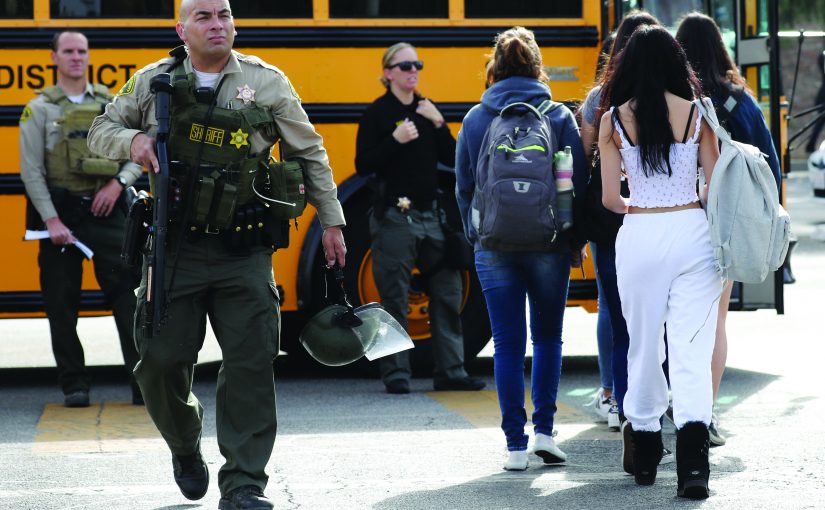Creating a P.A.T.H.E.way to Prevent Targeted Mass Violence
A Collaborative Law Enforcement–Behavioral Health Intervention Approach

The terms terrorism, homegrown violent extremism, and targeted mass violence have many governmental, procedural, and statutory definitions, which to the average person or victim of an act of targeted mass violence are inconsequential and unimportant. A 2015 Congressional Research Service report defined a mass shooting as the injuring or killing of four or more people by firearms within one event; but no matter the motivation, it comes down to the simple dynamic of “power and control through fear and violence.”
Governments, law enforcement, behavioral health experts, educators, and community providers must change the way they approach, assess, intervene, and manage individuals of concern by employing a behavioral risk reduction model to address the root cause(s) of the driving factors that lead an individual to engage in an act of targeted mass violence. Developing the capacity to capture knowable information early on, identify behavioral cues, and create timely response mechanisms will provide opportunities to intercede and divert an individual on a pathway to an act of targeted mass violence.
This may appear to be a daunting and impossible task, given the many governmental and statutory silos in existence that create barriers to an integrated collaborative approach. However, as challenging as this sounds, there are agencies and communities who have already engaged in behavioral risk reduction strategies, understanding that this is a shared responsibility that cannot be shouldered by any one entity or organization. A successful approach also requires an understanding of the principle of shared risk management with the purposeful and lawful sharing of information, which is needed to prevent future acts of targeted mass violence.


